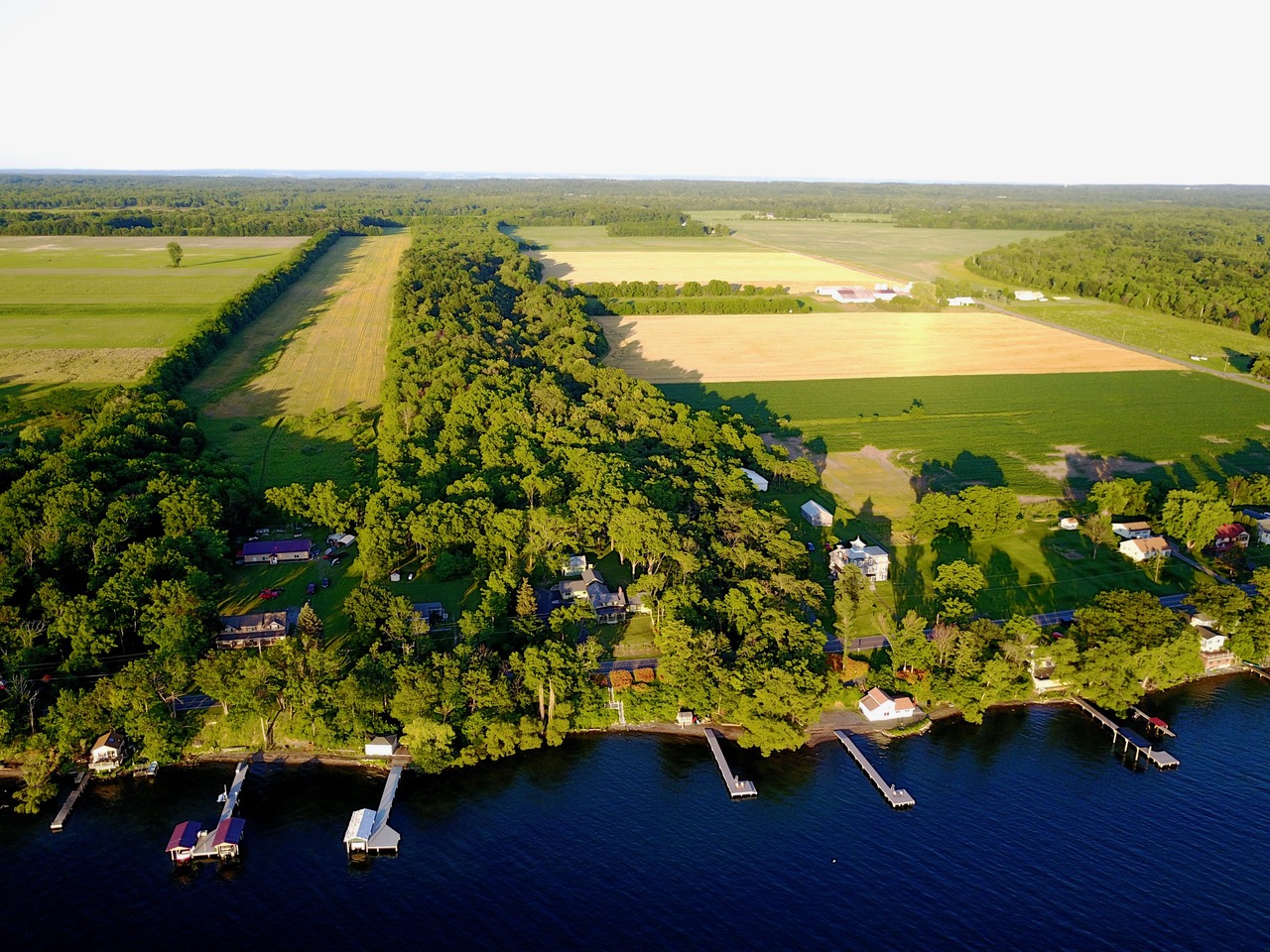The US Army will present a plan for remediation of the explosives-disposal area at the Depot. These 400 acres are still owned by the Army. They will present the plan and take comments next Wednesday afternoon, October 9 from 1:00 to 6:00 at Seneca Army Depot Building 125, 5786 State Rt. 96, Romulus.
The plan is available at this link.
The relevant area is marked #3 on this map.
US Army Corps of Engineers will accept written comments on this Proposed Plan during the public comment period, September 30 , 202 4 – November 1 , 202 4.
Written comments may be sent to:
Mr. Chris Gallo
USACE, New York District
BRAC Environmental Coordinator (BEC)
2890 Woodbridge Ave.
USACE c/o USEPA Region 2
Edison, NJ 08818
Christopher.T.Gallo@usace.army.mil


One response to “Army plan for explosives area at Seneca Army Depot”
October 25, 2024
Mr. Chris Gallo Christopher.T.Gallo@usace.army.mil
USACE, New York District, BRAC Environmental Coordinator (BEC)
2890 Woodbridge Ave.
USACE c/o USEPA Region 2
Edison, NJ 08818
Dear Mr. Gallo,
The Town of Varick Planning Board appreciates this opportunity to comment on the Army Corps of Engineers’ September 2024 Proposed Plan for the Open Detonation Grounds at the Seneca Army Depot. Two of our members attended the information session on October 9, and the following comments were approved for submission at the Board’s regular meeting on October 24.
The parcel containing the Open Detonation Ground is in the Town of Varick’s Conservation Zoning District. The primary objective of this District is to have high conservation value, emphasizing ecological services, native plant communities, distinctive bird habitat and related qualities. This objective is consistent with future restrictions that the Army expects to place on the site’s use. The Varick Planning Board would appreciate all efforts by the Army Corps of Engineers to conduct post-cleanup restoration of the land that promotes the conservation objective.
Regarding the four alternatives in the proposed plan, the Varick Planning Board prefers the cleanest end result that has the best prospects for future conservation habitat. Alternatives 4 and 5 both meet these goals, but we prefer Alternative 4 is because it leaves more functional soil for future plant growth.
The Varick Planning Board prefers reforesting as the final treatment because that provides many of the conservation outcomes we value. Most of this the ordnance-disposal area was originally forested, so this cover is the natural succession. The cost of reforesting is not particularly high relative to other restorations because the trees can be purchased at low cost from the New York State Department of Environmental Conservation nursery, and they can be mechanically planted.
We especially value the conservation objective of protecting waterways, and water quality in Seneca Lake. Waterways leading to Seneca Lake benefit from a riparian zone that limits runoff and nutrient leaching. Reeder’s Creek is a notable Seneca-Lake tributary that is impacted by phosphorus and that passes through the OD area, so that creek needs appropriate riparian vegetation. Management can profitably be informed by the DEC’s newly issued strategy to manage Total Maximum Daily Load of phosphorus for Cayuga Lake because the strategy applies equally to Seneca Lake. The most effective, and least expensive, measure is increasing tree cover, especially in the riparian zone.
The New York State Department of Environmental Conservation has great support for reforesting. We recommend following their guidance for this parcel. In particular, the DEC Forester responsible for Seneca County is Brice June. He would be an excellent contact for developing the project specifications.
The area to be remediated contains areas of three distinct types, each benefitting from a distinct planting plan. These are dry forest, wet forest and riparian zone.
Mr. June recommends the following species for planting in the three zones.
In dry areas, it is advisable to use conifers such as Norway spruce, larch or red pine. DEC recommends planting 860 trees per acre. Seedlings from the DEC nursery cost $250 per thousand. There are nearby contractors who can mechanically plant tens to hundreds of acres at reasonable cost.
In areas that are wet for significant parts of most years, it is advisable to use lowland species, such as Swamp White Oak, Burr Oak, Hackberry, Button Bush and Red Osier Dogwood. These are more expensive to establish, but are necessary where it is too wet for the conifers to thrive.
In riparian areas along Reeder’s Creek, the goal is to stabilize the streambanks, promote phosphorus uptake from upstream and slow the stormwater flow. Appendix D of the ACE study provides excellent information on the phosphorus sources and loads in this area. Riparian plantings typically extend 100 feet on either side of the waterway, divided in three zones. The two outer zones have the lowland species listed previously. The 15 feet closest to the creek also has sandbar willow and a higher density of buttonbush and red osier dogwood. The USDA Natural Resources Conservation Service also has helpful Practice Standards for Riparian Forest Management that can be incorporated into the Corps’ restoration expectations.
In addition, the areas between the trees should be planted with an herbaceous cover that includes legumes to provide nitrogen to the trees and suppress the many invasive species that would take over if vegetative cover is not established. Soil nitrogen is necessary to support tree growth when the soil has been worked as extensively as proposed in the preferred alternatives. Red and white clover are well suited to this site and are inexpensive. A nurse crop of a fast-growing but short-lived grass, such as annual ryegrass, is helpful. Cornell University recommendations on their use can be found at covercrop.org.
Collaboration with the DEC would be additionally valuable in that it could facilitate the property’s ultimate sale by the Seneca County Industrial Development Agencies to New York State for conservation. That would be a desirable outcome from the perspective of meeting the Town of Varick’s goals in the Conservation district.